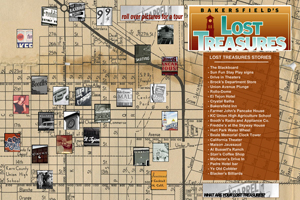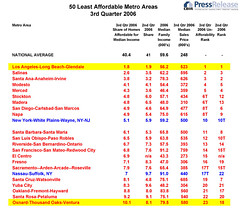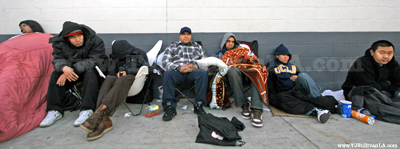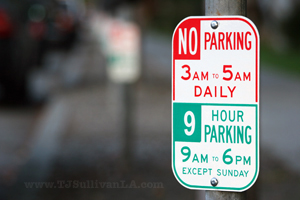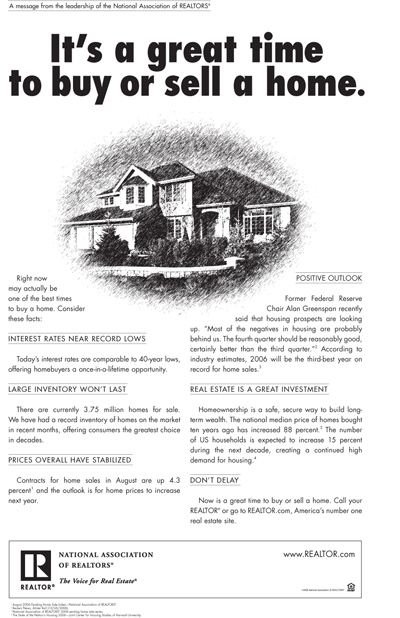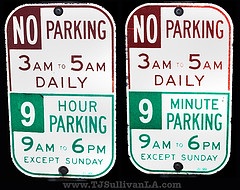Though few newspaper readers may know the name of their publication's managing editor, most NYT readers will sadly recall Boyd for being tangled in the scandal surrounding disgraced reporter Jayson Blair, who was exposed as a fabricator. Although that unfortunate circumstance has become "the comma" after Boyd's name, it is not a fair representation of his career.
A nice summary paragraph appeared in an Associated Press story. (Excerpt via Huffington Post):
The initial New York Times article stated that Boyd was "the first African-American to serve in many of the jobs he held at The Times, including metropolitan editor and managing editor," as well as winning a Nieman fellowship at age 28. Boyd joined the Times in 1983 and oversaw the 2000 Pulitzer Prize-winning series, "How Race is Lived in America." He took office on September 5, 2001 with former executive editor Howell Raines and together they led the paper through the terrorist attacks of September 11th, winning a Pulitzer Prize for its coverage.A quote from The New York Times executive editor Bill Keller appeared in an updated obituary by The Associated Press:
''He knew how to mobilize a reporting team and surround a story so that nothing important was missed. He knew how to motivate and inspire,'' executive editor Bill Keller said, according to The Times. ''And, tough and demanding as he could be, he had a huge heart. He left the paper under sad circumstances, but despite all of that he left behind a great reservoir of respect and affection.''One of the stories in The New York Times quotes a lecture Boyd gave a few years ago in St. Louis:
“Throughout my life I have enjoyed both the blessing and the burden of being the first black this and the first black that, and like many minorities and women who succeed, I’ve often felt alone.”— TJ Sullivan in LA

